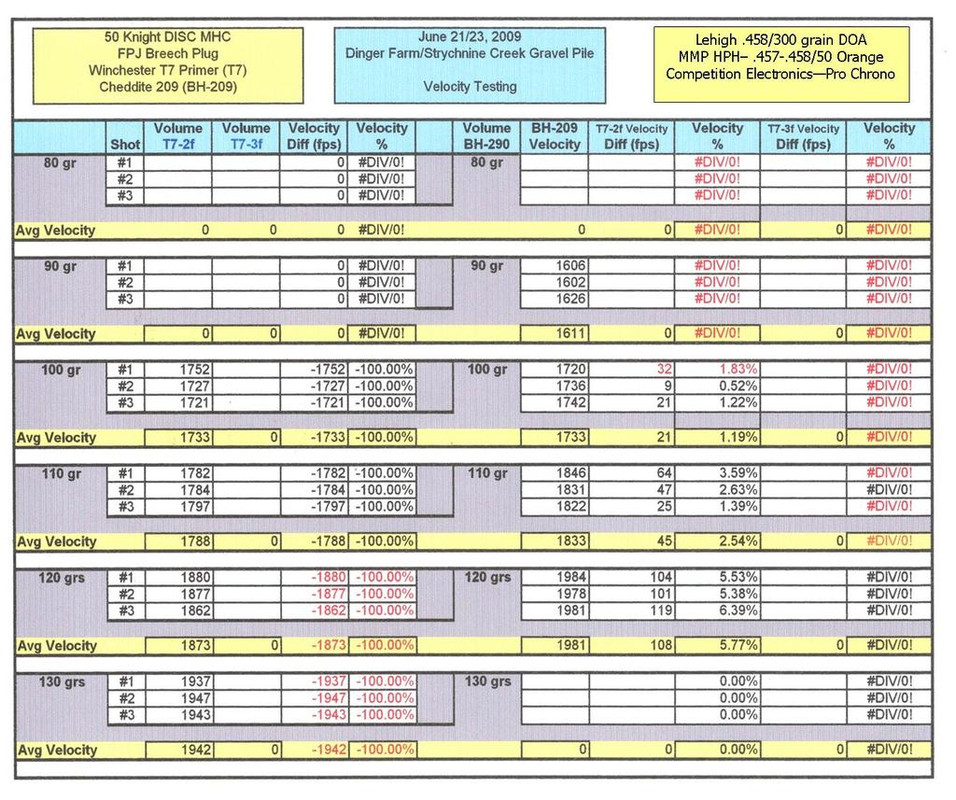- Joined
- Jul 26, 2016
- Messages
- 1,176
- Reaction score
- 232
I’m am almost positive (Scat) I will not reveal his real name did all those pressure traces. Scat is a highly educated man. He has spent hundreds and hundreds of dollars on pressure trace equipment. He is a very stand up guy and trying to provide information when others will not. He has ran several loads for myself.












